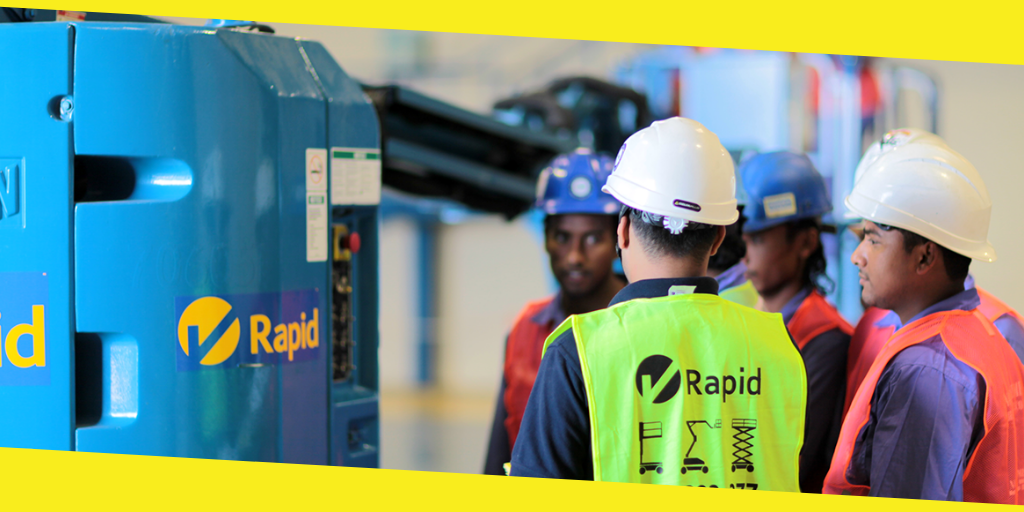Factory Safety: 4 Common Work-related Hazards and How to Handle Them
This post was last updated on September 3rd, 2019

Every factory owner wants the maximum production from their facility and its workers. But, they must also consider workplace safety. Workplace hazards if left uncorrected can result in injuries and high owner liability. It costs less to eliminate workplace hazards than to deal with the worker injuries that could result from it. 4 common work-related hazards have affordable solutions. Hiring a workplace safety consultant to inspect the factory and its equipment could be a wise investment.
Contents
ToggleIdentifying Safety Risks
There are many workplace hazards to identify and rectify.
- One safety hazard may be specialized equipment or chemicals. One solution could be isolating these useful but hazardous materials and equipment with automated safety doors. Factory owners can find information at dynatect.com. Safety doors come in different styles and sizes. What they have in common is their ability to isolate the dangerous materials and equipment in a way that allows convenient access as needed.
- Working high above the floor or ground on ladders or scaffolding accounts for 14% of work-related fatalities. Safety solutions include fall protection procedures, gear, and employee education. Gear must be the right size, be worn correctly and be hooked up to something that provides safety. Harnesses and other safety gear must be inspected and be kept in good working order. Scaffolding must be well-built with solid footing, guardrails, and sound rigging. Scaffolding must be regularly inspected by qualified persons.
- A workplace full of clutter and debris is a safety hazard inviting disaster. All exits and stairways should be accessible and free of debris and clutter. Dirt and workspaces not cleaned up after each project is completed can lead to injury. A special cleaning crew with hazardous waste training may be needed. Workers should be trained to clean as they do each task. Cleaning work areas at the end of each shift or day is another good safety practice.
Stacking loads on racks should be accomplished with care so loads are not too close to sprinkler heads or electrical equipment. Standing water or debris piles can lead to slips and falls causing worker injuries. There should be dedicated storage areas with well-organized storage of chemicals, supplies, and equipment.
- Electrical wiring, extension cords, and electrical tools and equipment all pose potential safety hazards for workers. Every factory owner should make sure all electrical hazards are identified and safety precautions designed to keep workers safe. All electrical tools must be in safe working order, grounded, and have cords in good condition. Plugins, extension cords, and power sources must meet safety codes. Multiple plug adapters are always prohibited.
Identify all overhead electrical power lines and mark them. Make sure all materials, equipment, scaffolds, and ladders are at least 10 feet from electrical power lines. Remember, water and electricity do not mix.
Additional Safety Hazards
In addition to these 4 common hazard areas, factory owners must be aware of any additional hazards in the workplace such as unsafe stairways, trenching, forklifts, cranes, hazard communication, defective safety gear, and lack of head protection like hard hats. Hazards must be identified and corrected or have warning signage installed. All employees should be trained in work safety strategies and the proper way to wear and use personal safety gear.
Insist On Safety Compliance
Some worker safety issues such as repetitive motion injuries need specialized training and precautions. The factory owner must make sure employees do not fail to use proper personal protective equipment and safety procedures. The best safety plans and precautions are worthless if they are ignored by employees. Employee cooperation must be required and checked regularly.
You may like this
Recommended For You
What to Look for in a Junk Removal Service
Most Inside
Most Inside offers high-quality recommendations and valuable updates to enhance all aspects of your life, providing premium guidance and enriching experiences.




